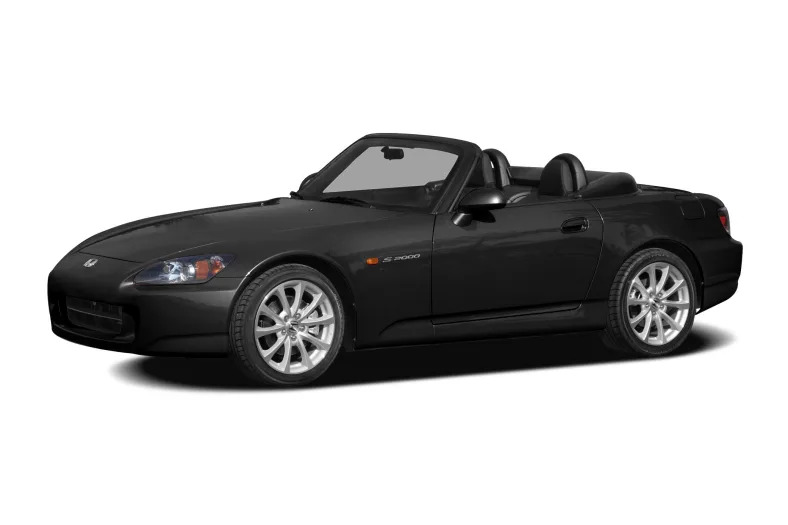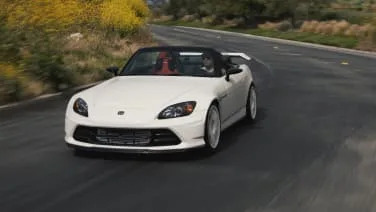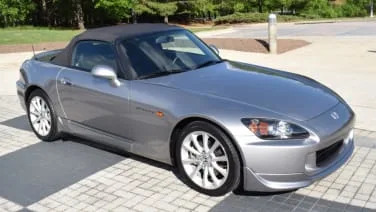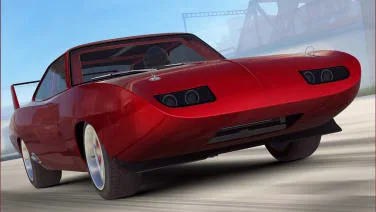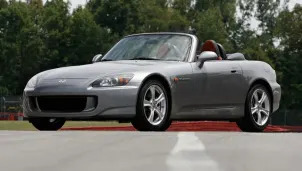2009 Honda S2000
2009 Honda S2000 – Click above for high-res image gallery
It's been ten years since Honda released the S2000 to celebrate its golden anniversary, but since Autoblog's inception, we have somehow never managed to publish a proper review of the high-revving roadster. With the final S2000 having rolled off the line on August 7, we figured it was time to make amends and get some serious seat time in one of the few pure sports cars left in existence.
%Gallery-71387%
Photos copyright ©2009 Sam Abuelsamid / Weblogs, Inc.


